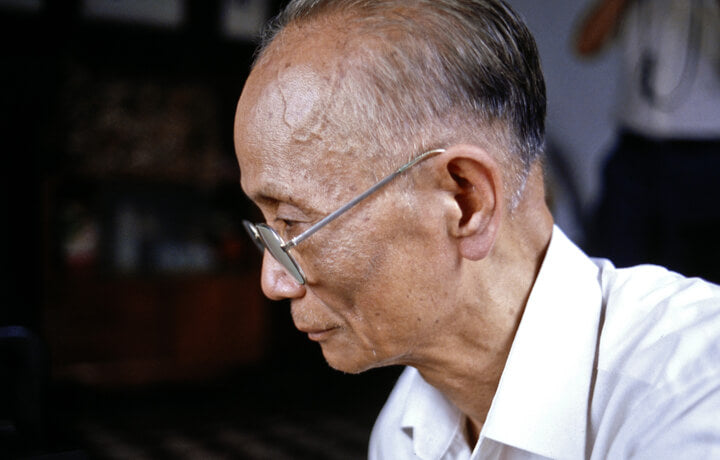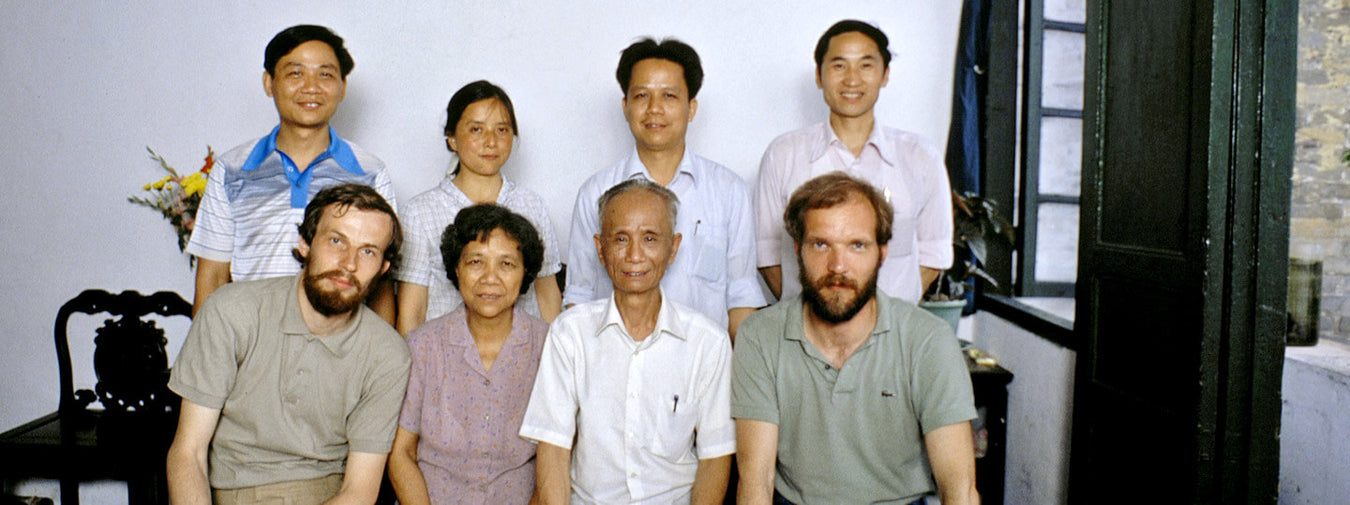Prof. Dr. med.Carl-Hermann Hempen
In 1984, the German physician Prof. Dr. Carl-Hermann Hempen, who graduated from the Medical Faculty of LMU Munich, opened a practice for Chinese medicine in Munich. Since that time, this practice grew steadily and established itself as a renowned specialist center for Chinese medicine.
Prof. Hempen is an ardent advocate of Chinese medicine, he has studied it with great thoroughness and has been to Guangzhou (Canton) five times to exchange ideas with recognized specialists in Chinese medicine. He has written and edited numerous books, including the Leitfaden Chinesische Phytotherapie (Guide to Chinese Phytotherapy) and the dtv-Atlas Akupunktur (Atlas of Acupuncture), which have long been considered standard works in Germany.
In 2011, he was appointed honorary professor at the Technical University of Munich's Faculty of Sports and Health Sciences and has since taught Western-trained physicians in Chinese medicine, especially acupuncture and drug therapy, in a TCM master's program.




In 1979, Prof. Han Peng 韩鹏, as his Chinese name is, discovered in the journal Chinese Medicine an article translated by Prof. Porkert entitled "Reflections on the Five Inducers" written by Han Shaokang 韩绍康 (1909-1986), a famous acupuncture doctor from Lingnan and professor at the Acupuncture Department of the TCM University of Guangzhou. Five years later, in 1984, he took the long way to China and visited Han Shaokang, the father of Han Jianshan, one of the authors of this article. He was taught by him the basics of Chinese medicine, Chinese drug therapy and especially traditional acupuncture.
When Han Shaokang explained acupuncture to him, he always demonstrated the localizations of the foramina and the special needling techniques directly on the body of the German guest. Upon his return to Germany, Prof. Hempen enthusiastically proclaimed in a travel report, "Traditional acupuncture still exists in China!" When he came to China again many years later for further scientific exchange, he remembered these lessons and even visited Han Shaokang's grave.


Prof. Dr. med. Carl-Hermann Hempen (bottom right) with the Han family in 1984
A few years ago, Professor Deng Tietao 邓铁涛 (b. 1916), one of the 60 official "medical grandmasters of China" (guoyi dashi 国医大师), expressed great concern and alarm that "Chinese medicine may no longer bear the name Chinese." And he singled out Chinese Medicine doctors like Li Ke 李可(1930-2013) as a "rock in Chinese Medicine" in this context. Having known Prof. Hempen for many years, we are not only happy about his success, but also impressed and full of admiration that there is such a "rock in the fire" in Chinese Medicine in Germany as well!
The text on this page is an excerpt of an article in the Chinese Journal of Chinese Medicine and Drugs (Zhongguo zhongyiyao bao中国中医药报of January 5, 2018)
Authors: Han Jianshan, Huang Jianye, Han Dunyan. Translated from the Chinese by Agnes Fatrai.